引言:
新疆是(shì)我國(guó)重要(yào)的(de)棉花(huā)産區(qū),棉花(huā)種植對(duì)于當地(dì)經濟發展和(hé)農(nóng)民(mín)收入具有(×yǒu)重要(yào)意義。7 月(yuè)是(shì)棉花(huā)生(shēng)長(cháng)的(de)關鍵時(shí)期,此時(shí)的(de)管理(lǐ)措施直接影(yǐng)響著(zhe)棉花(huā)的(d"e)産量和(hé)品質。
新疆7月(yuè)氣候特點
7 月(yuè)新疆氣溫較高(gāo),平均氣溫在 25℃以上(shàng),有(yǒu)利于棉花(huā)的(de)生(shēng)長(cβháng)和(hé)發育,但(dàn)高(gāo)溫也(yě)可(kě)能(néng)導緻棉花(huā)蕾鈴脫落 。
7 月(yuè)降水(shuǐ)相(xiàng)對(duì)較少(shǎo),部分(fēn)地(dì)區(qū)可(kě)能(néng)出現(xiàn)幹旱,需要(yào)合理(lǐ)灌溉以滿足棉花(huā)生(shēng)長(cháng₩)的(de)水(shuǐ)分(fēn)需求。
充足的(de)光(guāng)照(zhào)條件(jiàn)為(wèi)棉花(huā)光(guāng)合作(zuò)用(yòng)提供了(le)良好(hǎo)的(de)環境,但(dàn)強光(guāng₩)照(zhào)也(yě)可(kě)能(néng)對(duì)棉花(huā)造成一(yī)定的(de)脅迫。
棉花(huā)7月(yuè)生(shēng)長(cháng)特點
7 月(yuè)棉花(huā)植株營養生(shēng)長(cháng)與生(shēng)殖生(shēng)長(cháng)齊頭并進,需要(yào)合理(lǐ)調配養分(fēn)供應。
此時(shí)是(shì)棉花(huā)蕾鈴形成的(de)高(gāo)峰期,對(duì)養分(fēn)和(hé★)水(shuǐ)分(fēn)的(de)需求急劇(jù)增加。
7月(yuè)棉花(huā)管理(lǐ)的(de)主要(yào)措施
一(yī)、病蟲害防治
棉蚜
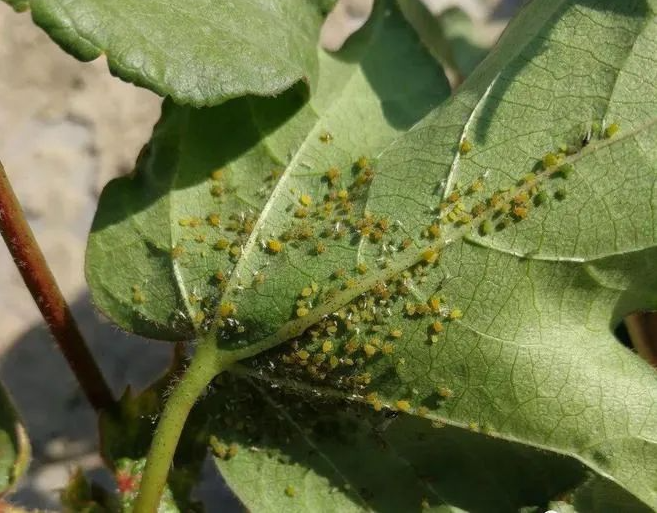
發生(shēng)特點:繁殖速度快(kuài),易在高(gāo)溫幹旱條件(jiàn)下(xià)爆發。
防治方法:可(kě)使用(yòng)啶蟲脒、吡蟲啉等藥劑進行(xíng)噴霧防治。例如(rú),在棉蚜發生(shēng)初期,使用(yòng) 10%吡蟲啉可(kě)濕性粉劑 2000 倍液進行(xíng)噴霧,每隔 7 - 10§ 天噴一(yī)次,連續噴 2 - 3 次。
棉鈴蟲
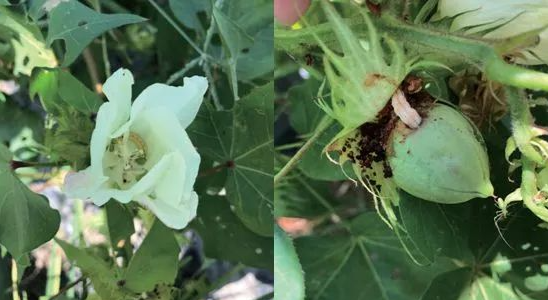
發生(shēng)特點:幼蟲蛀食棉鈴,造成大(dà)量落鈴。
防治方法:利用(yòng)性誘劑誘捕成蟲,或在幼蟲孵化(huà)盛期使用(yòng)甲維鹽、氯蟲苯甲酰胺等藥劑噴霧防治。如(rú)使用(yòng) 5%甲維"鹽水(shuǐ)分(fēn)散粒劑 3000 倍液噴霧。
枯黃(huáng)萎病
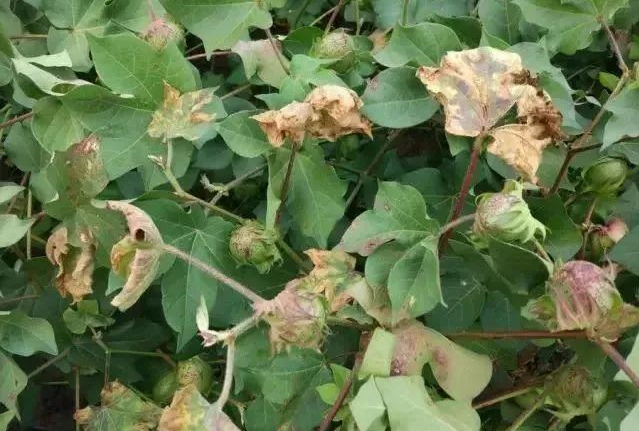
發生(shēng)特點:土(tǔ)傳病害,在高(gāo)溫高(gāo)濕條件(jiàn)下(xià)易發病。
防治方法:選用(yòng)抗病品種,合理(lǐ)輪作(zuò),發病初期可(kě)用(yòng)多(duō)菌靈、甲基硫菌靈等藥劑灌根。例如(rú),用(yòng) 50%多(duō)菌靈可(kě)濕性粉劑 500 倍液灌根,每株灌藥液 250 - 500 毫升。₽
二、水(shuǐ)肥管理(lǐ)
施肥
重施花(huā)鈴肥:根據棉花(huā)長(cháng)勢,每畝可(kě)選擇施用(yòng)赫蔓系列、施芬滿意系列、或愛(ài)萊沃系列大(dà)量元素水(shuǐ)溶肥料1-2kg,可(kě)根據長(cháng)勢情況增施司普沃其他(tā)功效肥料,可(kě)有(yǒu)效促進棉花(huā)花(huā)®鈴多(duō),雙蕾多(duō)。
另外(wài),可(kě)以補施葉面肥:噴施磷酸二氫鉀、硼肥等,提高(gāo)棉花(huā)的(de)結鈴率。
司普沃産品多(duō)樣,不(bù)同土(tǔ)壤問(wèn)題、作(zuò)物(wù)生(shēng)長(cháng)問(wèn)題都(dōu)有(yǒu)針對(duì)性解決←方案,專肥專用(yòng)更具針對(duì)性,使用(yòng)效果更突出!
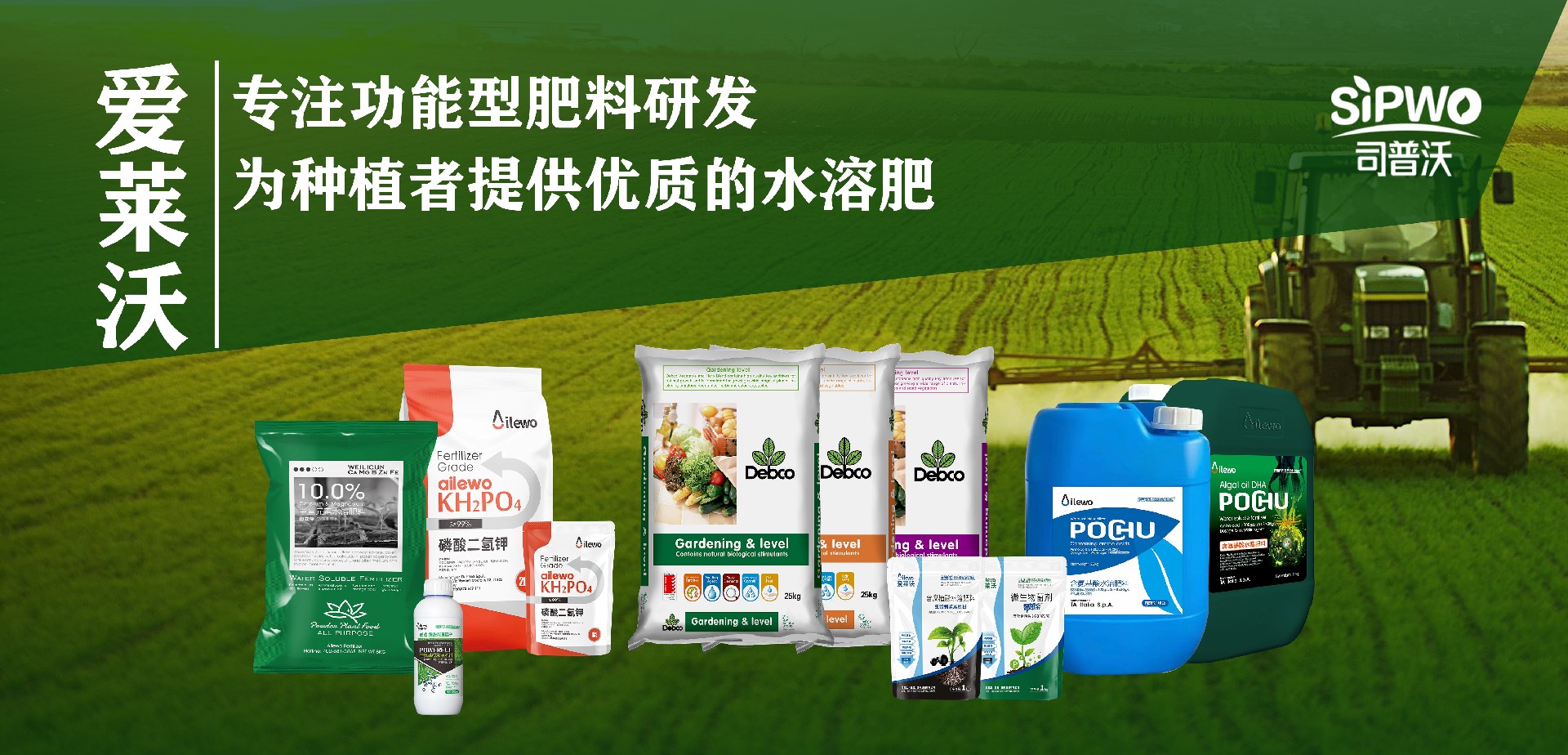
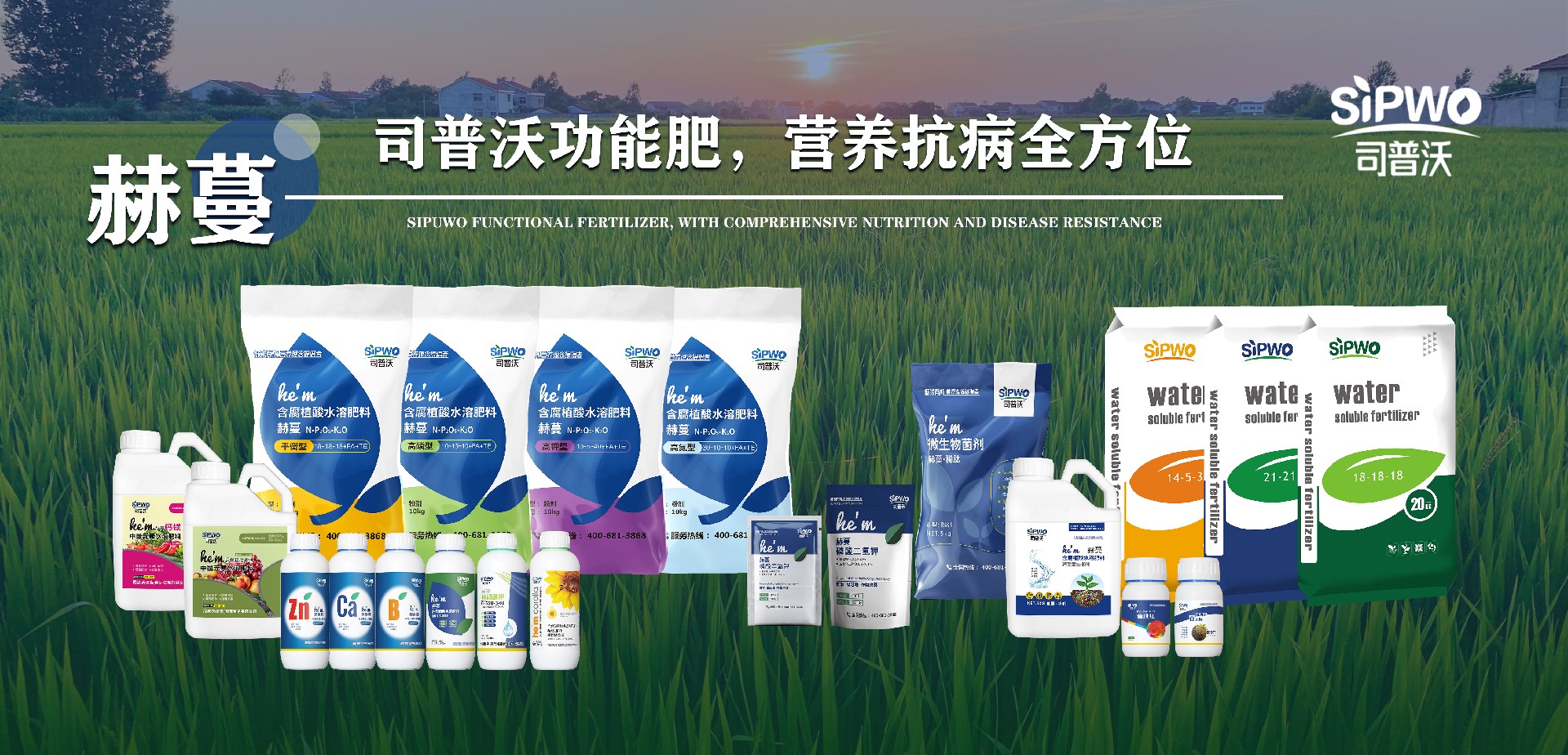
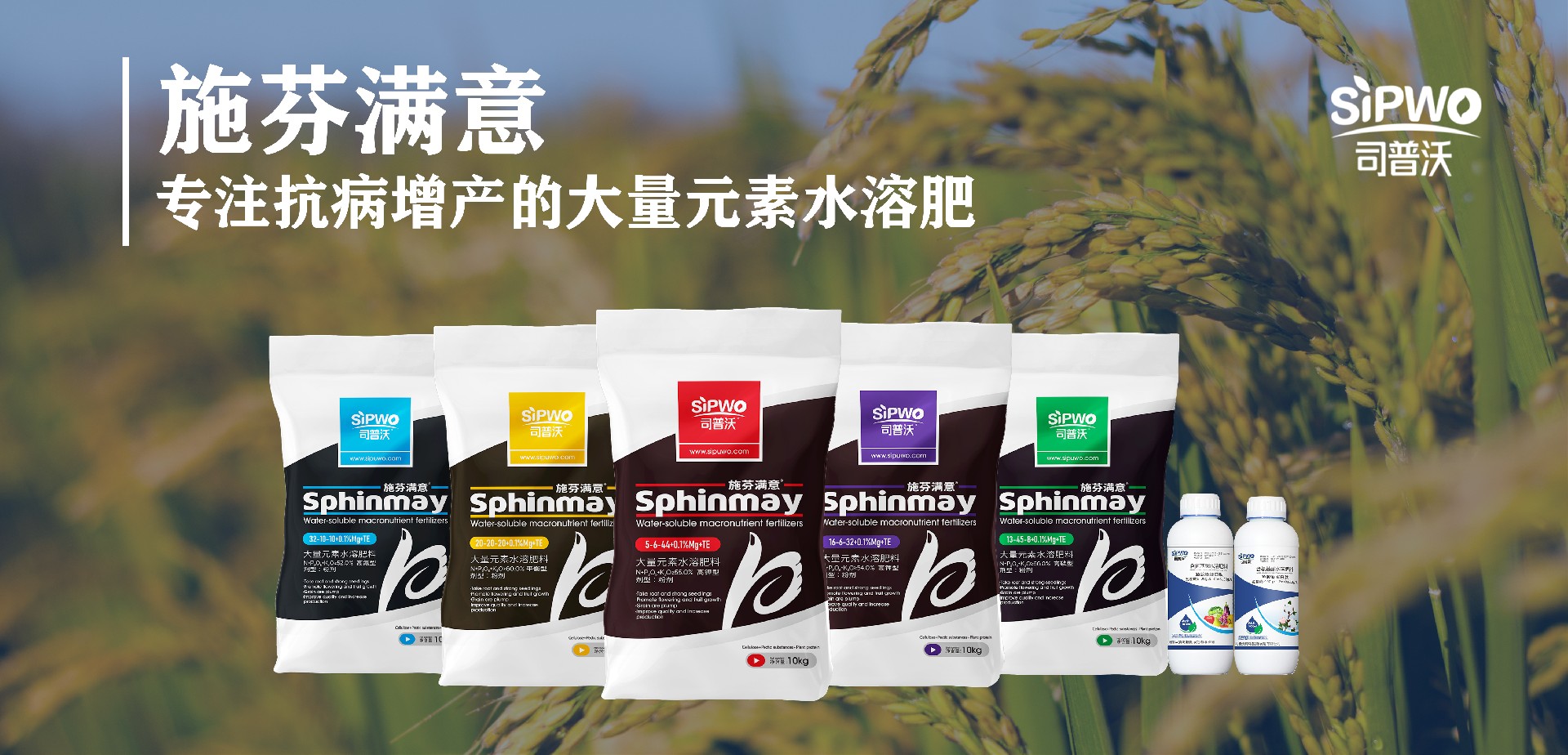
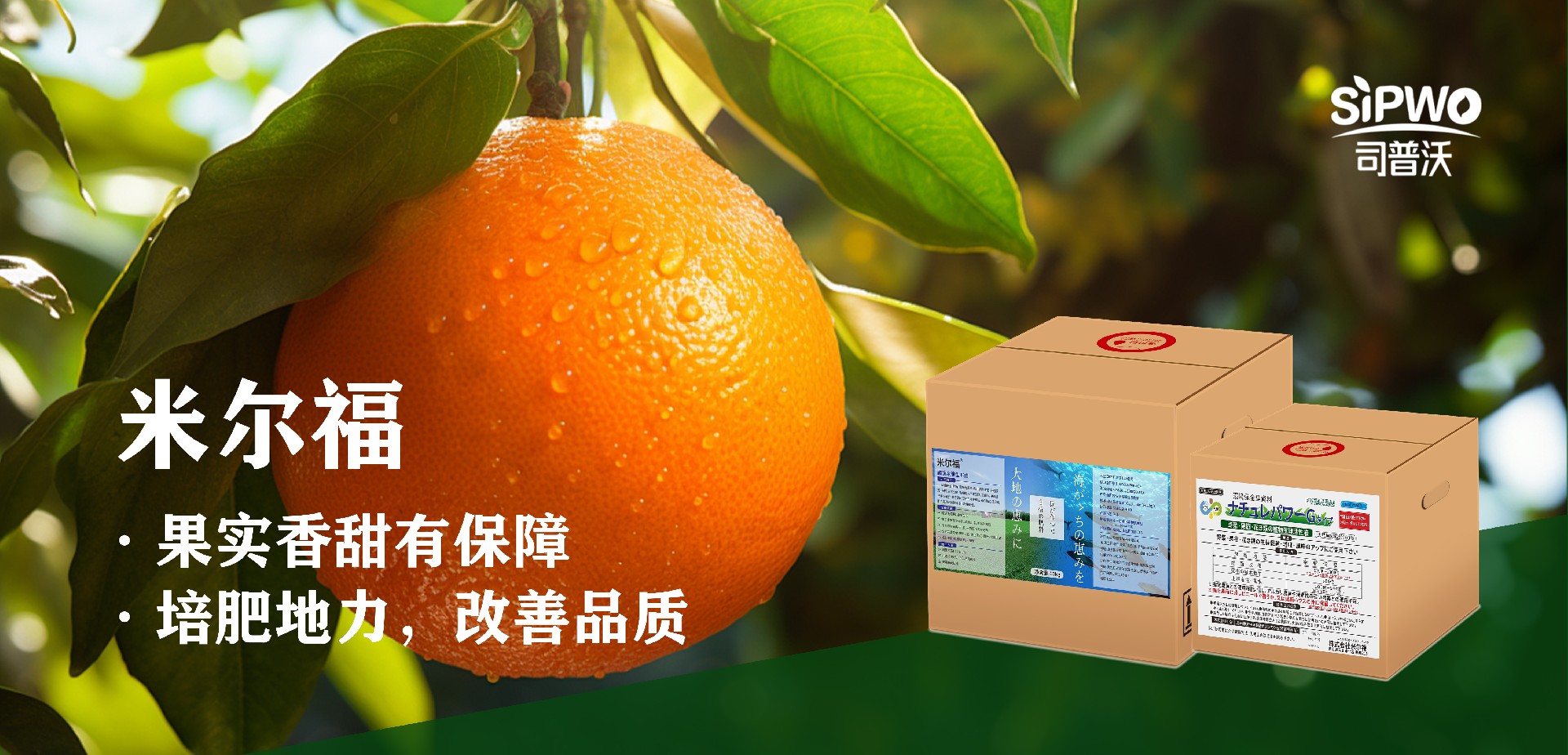
澆水(shuǐ)
灌溉頻(pín)率:根據土(tǔ)壤墒情,每隔 7 - 10 天澆水(shuǐ)一(yī)次,保持田間(j&iān)持水(shuǐ)量在 60% - 70%。
灌溉方式:采用(yòng)滴灌或溝灌,避免大(dà)水(shuǐ)漫灌。
三、整枝打頂
打頂時(shí)間(jiān):一(yī)般在 7 月(yuè)中旬進行(xíng),當棉花(huā)主莖有(yǒu) 7 - 8 ÷個(gè)果枝時(shí)及時(shí)打頂。
操作(zuò)方法:去(qù)除主莖頂端生(shēng)長(cháng)點,控制(zhì)棉花(huā)株高(gāo),促進養分(fēn)向蕾鈴輸送。
四、化(huà)學調控
在棉花(huā)種植中,化(huà)控通(tōng)常指的(de)是(shì)通(tōng)過化(huà)學手段調節棉花(huā)的(de)生(shēng)長(ch↑áng),以控制(zhì)其高(gāo)度、株型、開(kāi)花(huā)和(hé)結果等。這(zhè)種調節是(shì)基于棉花(huā)生(shēng)長(cháng)的$(de)特點和(hé)需要(yào),以及種植者的(de)目标來(lái)确定的(de)。
然而,一(yī)些(xiē)種植者擔心化(huà)控會(huì)使棉花(huā)生(shēng)長(cháng)受≈限甚至停止,這(zhè)源于對(duì)化(huà)控技(jì)術(shù)的(de)誤解或過度擔憂。
實際上(shàng),合理(lǐ)化(huà)控能(néng)優化(huà)棉花(huā)生(shēng)長(cháng)結構,提高(gāo)光(guāng)≈能(néng)利用(yòng)率,增強抗性,實現(xiàn)穩産增産。為(wèi)确保棉花(huā)穩健生(shēng)長(cháng),應采取“少(shǎo)量多(duō)次勤控”的(de)策略,即根據生(shēng)長(cháng)情況和(hé)需要(yào)适↔時(shí)适量化(huà)控,多(duō)次輕度調節,避免一(yī)次性過度調節的(de)不(bù)良≥影(yǐng)響。
調控藥劑:
使用(yòng)縮節胺等植物(wù)生(shēng)長(cháng)調節劑,根據棉花(huā)長(cháng)勢和(hé)天氣情況,合理(lǐ)調整用(yòn¥g)藥劑量。
注意!田間(jiān)管理(lǐ)小(xiǎo)技(jì)巧
1、及時(shí)中耕除草(cǎo)
疏松土(tǔ)壤,提高(gāo)土(tǔ)壤透氣性,減少(shǎo)雜(zá)草(cǎo)與棉花(huā)争肥争水(shuǐ)。
2、加強田間(jiān)監測
定期觀察棉花(huā)生(shēng)長(cháng)情況,及時(shí)發現(xiàn)問(wèn)題并采取相(x¶iàng)應措施。
3、注意農(nóng)藥安全使用(yòng)
嚴格按照(zhào)農(nóng)藥說(shuō)明(míng)書(shū)使用(yòng),遵守安全間(jiān)隔期,防止農("nóng)藥殘留超标。
7 月(yuè)是(shì)新疆棉花(huā)生(shēng)長(cháng)的(de)關鍵時(shí)期,科(kē)學合←理(lǐ)的(de)管理(lǐ)措施對(duì)于提高(gāo)棉花(huā)産量和(hé)品質至關重要(yào)。種植者應根據當地(dì)的(de)氣候條件§(jiàn)和(hé)棉花(huā)生(shēng)長(cháng)狀況,做(zuò)好(hǎo)病蟲害防治、水(shuǐ)肥管理(lǐ)、整枝打頂和(hé)化(huà)¥學調控等工(gōng)作(zuò),為(wèi)棉花(huā)的(de)豐收奠定堅實基礎。
英文(wén)版|English version
Focus on July: Secrets of Xinjiang Cotton Management
-END-
來(lái)源|網絡。文(wén)章(zhāng)內(nèi)容整合于網絡,僅供交流學習(xí)使用(yòng),版權歸原作(zuò)者所有(yǒu),如(rú)有(yǒu)問(wèn)題請(✔qǐng)聯系我們處理(lǐ)
官方網址:www.sipuwo.com
熱(rè)線電(diàn)話(huà):400-681-3868
Official website: www.sipuwo.com
Hotline: 400-681-3868
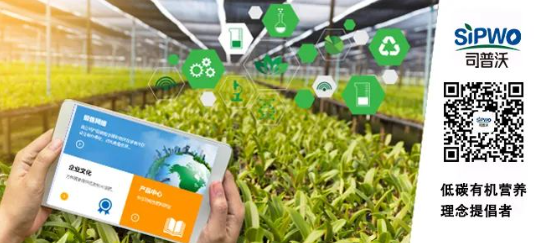



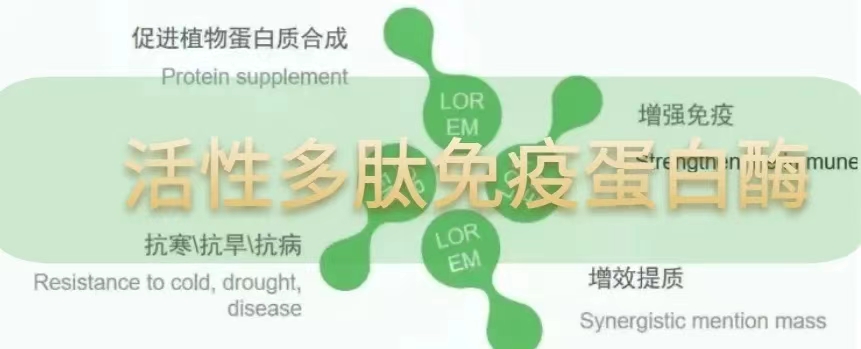




 網站(zhàn)首頁
網站(zhàn)首頁 電(diàn)話(huà)咨詢
電(diàn)話(huà)咨詢 返回頂部
返回頂部